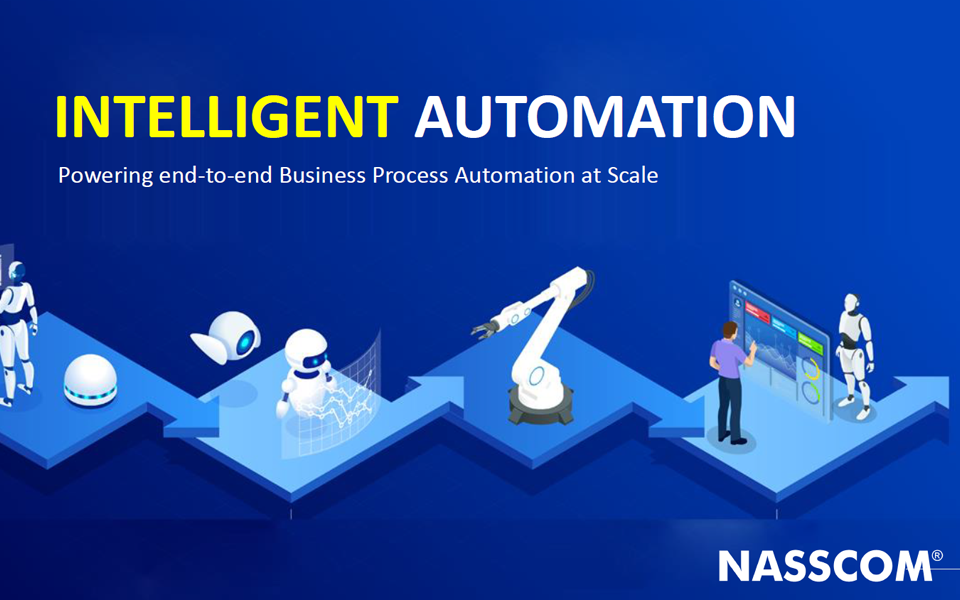In the wake of the pandemic, small and medium-sized businesses (SMBs) have been faced with unprecedented challenges. The need for operational efficiency and cost reduction has never been more pressing as these enterprises strive to adapt to rapidly changing business environments. To effectively navigate this landscape, automation has emerged not just as a method of streamlining specific functions but as an essential strategy for overall business transformation. With the vast amounts of data generated daily, coupled with its inherently unstructured nature, SMBs must leverage intelligent techniques to truly harness their potential. This involves the deployment of machine learning (ML), computer vision, and natural language processing (NLP) to create a more responsive, efficient, and personalized customer experience.
The first step toward implementing automation is understanding the data at your disposal. Many businesses are sitting on a wealth of data without fully realizing its value. Begin by identifying key areas within your operations where data is plentiful yet underutilized. For instance, customer interactions with your support team can provide insights into recurring issues, preferences, and sentiments. By deploying NLP tools to analyze customer communication—be it through email, chat, or social media—SMBs can gain valuable insights that will not only improve customer service but also refine product offerings and marketing strategies.
Once you have a solid understanding of your data landscape, the next step is to automate repetitive tasks that drain resources and time. Platforms like Make and Zapier provide user-friendly interfaces to facilitate this process without requiring extensive programming knowledge. For example, you can set up an automation that triggers when a customer fills out a form on your website, automatically adding that lead to your customer relationship management (CRM) system and sending a follow-up email. This not only improves response times but also reduces the likelihood of human error.
While automating tasks, businesses should also consider how to better personalize interactions with customers. Machine learning algorithms can analyze vast datasets to recognize patterns in customer behavior. For instance, you can use recommendation engines to suggest products to clients based on their past purchases. Tools such as Make can automate the process of sending personalized offers to customers, based on their browsing history or previous purchases, enhancing customer engagement and potentially increasing sales and loyalty.
The use of computer vision can further enhance operational efficiencies, especially for businesses with physical products. For retail businesses, integrating computer vision tools can help automate inventory management by constantly monitoring stock levels. For example, using image recognition technology, a store can automatically track inventory as items are sold or restocked. This not only saves time but minimizes the risk of stockouts, ultimately leading to better customer satisfaction.
As we dive deeper into automation, it’s crucial to address the risks involved. Data privacy and cybersecurity threats are more relevant than ever, as businesses are increasingly reliant on digital tools. SMB leaders must ensure compliance with data protection regulations while implementing robust security measures to protect sensitive customer information. Investing in secure automation platforms that prioritize data integrity can mitigate these risks.
Another worthy consideration is change management. Introducing new automation processes may initially face resistance from employees accustomed to traditional methods. To curb this potential hurdle, clear communication regarding the benefits of automation—such as reducing workload, minimizing errors, and allowing for more strategic work—is essential. Providing training on the new tools can also facilitate smoother transitions.
Finally, businesses often look for return on investment (ROI) when considering automation. The initial costs of implementing new technologies may seem daunting, but the long-term savings can be substantial. From reducing labor costs to improving customer retention through enhanced service, the potential returns can often outweigh the upfront expenditures. For example, automating customer service inquiries can free up staff time, allowing them to focus on more complex issues that require human intervention, ultimately leading to improved productivity and customer satisfaction.
To sum up, the journey toward automation does not have to be daunting. Start small by identifying key areas for improvement and utilizing accessible platforms like Make or Zapier to implement automated workflows. Gradually, as your business becomes more comfortable with automation, expand your efforts to include more advanced applications of AI. Emphasizing data analysis, enhanced customer interactions, and robust security measures will set the groundwork for a successful automation strategy.
FlowMind AI Insight: As SMBs venture into automation, the integration of AI tools is not merely a trend but a strategic necessity. By thoughtfully implementing these technologies, businesses can not only enhance operational efficiency but also future-proof themselves against evolving marketplace demands.
Original article: Read here
2025-09-12 04:59:00

